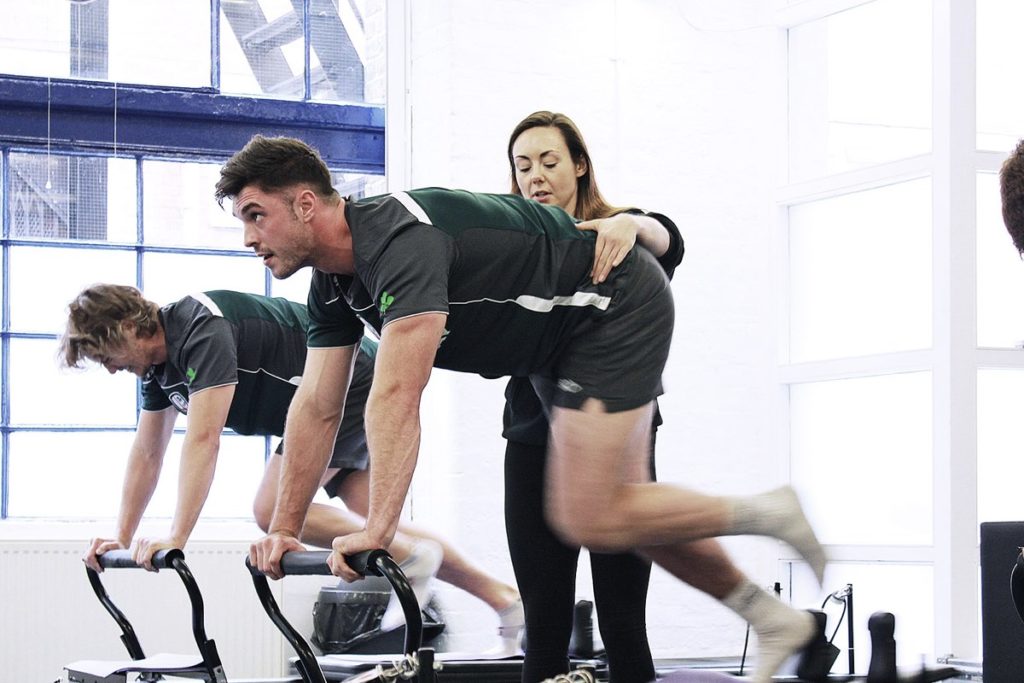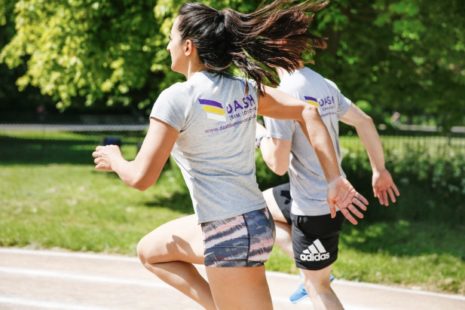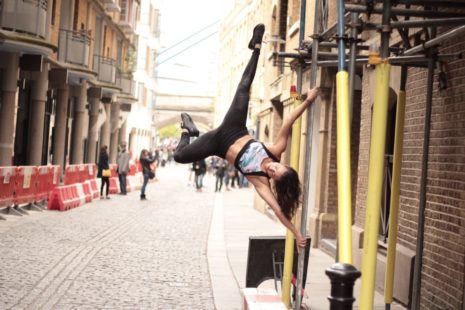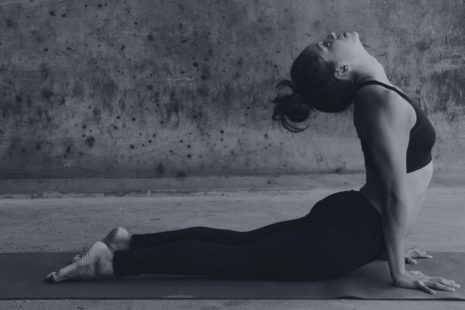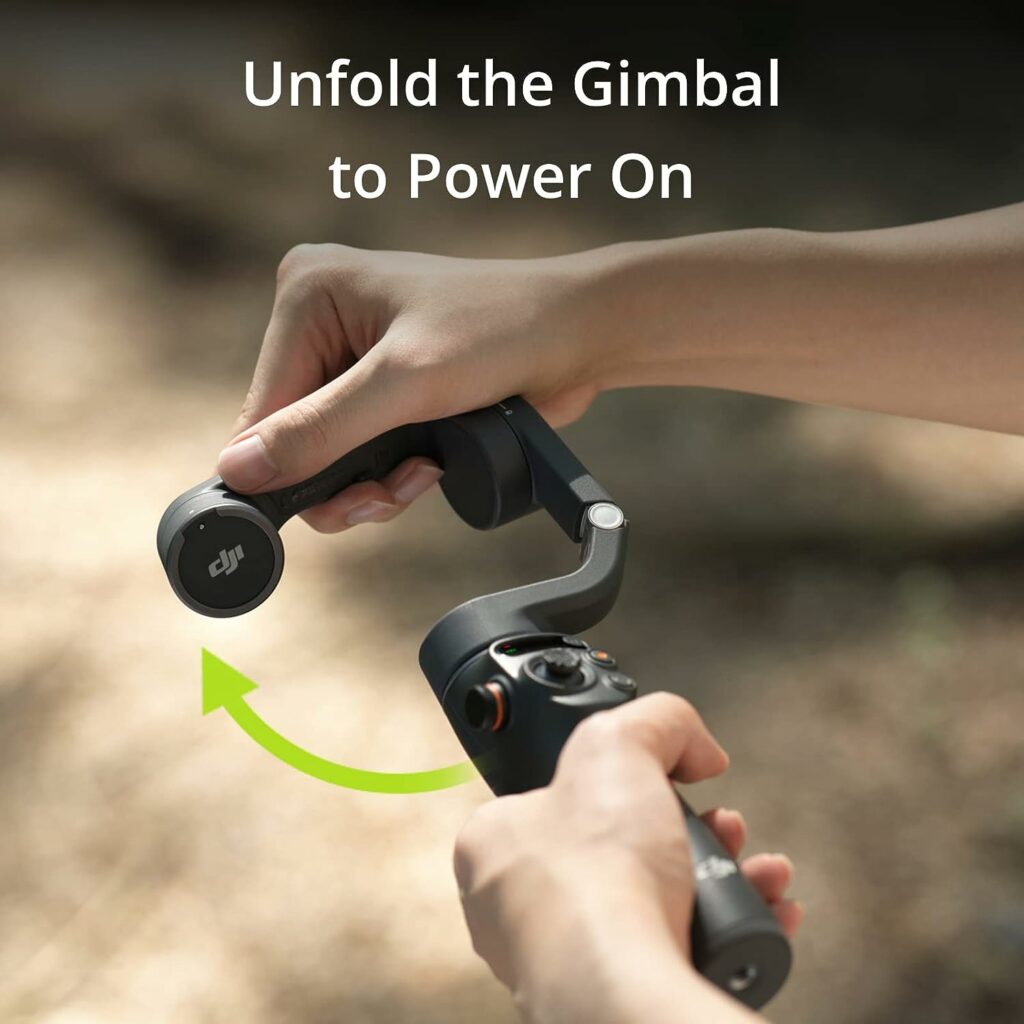Are you guilty of diving into HIIT classes, thinking that you’re some kind of athlete, without bothering to learn the foundations first? Did you know that by adding Pilates to your training, you will build speed, balance, agility and a much-reduced risk of injury? Christopher Smith-Langridge, Ten’s Operations Director, explains how…
The human body is a complex machine with thousands upon thousands of moving parts and your brain is the control centre. It receives electrical impulse signals from proprioceptors around the body, decides what action to take and then sends its own signals back out to make movement happen.
The process can be trained – you can make it faster by repeating the movement and building the execution speed as your body and brain learn. It’s like drawing a path with a pencil: the more you draw over the line, the more solid it becomes. This is how the elite athletes train and if you’ve flicked through YouTube for inspiration, you’ll have seen what the human body is capable of, if put through the correct training programme.
The end product is impressive to watch: displays of insane foot speed, unreal direction changes and explosive acceleration command attention from admirers.
But that’s just the tip of the iceberg.
What we don’t see are the weeks of foundation work, the hours of repetition, concentration and gruelling dedication. The 10,000 hour rule claimed by Malcolm Gladwell states that anyone can become an expert at anything if practiced enough – 10,000 hours being the magic number. (The one caveat to this magic number is the importance not just of practice but quality practice.)
So how does Pilates training benefit speed, agility and quickness (SAQ) training?
Simply put – the best way to train to do things faster is not to train faster. It’s to train yourself to do things well first, and only then to speed them up. The SAQ continuum is a list of the six steps to building a successful training program. They are:
Dynamic warmup.
Mechanics of movement
Innervation (stimulation of muscles by the nervous system)
Accumulation of potential
Explosion
Expression of potential
The viral vids are always going to be of drills from steps 3-6. But without the imperative foundation of learning mechanics of movement and control, you’re going into your speed and agility drills to teach your body how to execute poor movements, quickly, but not necessarily well.
Training correct movement mechanics needs Centering, Concentration, Control, Precision, Breath, and Flow. Coincidentally (or obviously not) – these are the six principles that make Pilates training unique. Pilates is a method, a discipline. It’s also a key building block to a successful athletic development programme.
The Pilates Reformer is one of the most versatile pieces of exercise equipment available and Bodyweight Pilates focuses on the application of control into strength building functional movements. Add to these an instructor who understands how to correct movement and teach control – you’ve got the tools to build a solid foundation for SAQ drills
So – if playing sport is your thing, and you’re trying to be better at it, aim first to master correct, concentrated movements and repeat them until the control becomes subconscious – then apply this ‘quality’ movement to drills designed to increase the firing speed of motor units in the neuromuscular process.
Adding Pilates to your training programme will undoubtedly unlock a greater potential for development, a solid foundation for building speed, balance, agility and a much-reduced risk of injury.
